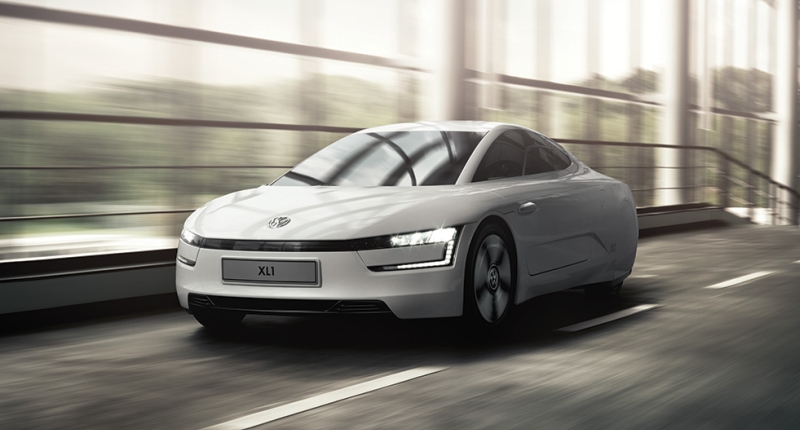Volkswagen, always on the edge of technology’s tall cliff face, has sold its first example of what is the world’s most efficient Batmobile, the XL1.
No ad to show here.
We’ve covered the XL1 before, tracking it from concept to full blown production model. But the space age car is now available for an exclusive audience in Germany and Austria at a price that is unfortunately, nowhere as low as its fuel usage figures. The first of a batch of 250 cars has been sold in Germany for an estimated US$150 000 to a former test driver Dr Christian Malorny.
This may sound like a ludicrous waste of money, but considering the XL1’s technology and fuel consumption figures, it really is a steal. The XL1 uses a mere 0.9 L/100km, traveling an incredible 110.5 km on one litre of diesel and 50km in electric-only mode. All this while coughing up just 21g of CO2 per km.
How on earth is this achieved? Clever innovation, super slippery aerodynamics and a frugal power plant, for the most part.
The XL1 uses a bike-sized 0.8-litre, 2-cylinder turbocharged diesel engine mated to an electric motor. This gives the XL1 respectable power figures – nearly 70 horsepower is available, with a top speed of 160km/h and a 0-100km/h figure of just 12.1 seconds. Not bad for a tiny engine. Volkswagen also employs a triple clutch 7-speed DSG gearbox, allowing minimal energy wastage between shifting. The car even shuns power steering, suggesting that the system would weigh too much. Overall, the XL1 weighs just 795kg. The car is primarily made of light carbon fibre, akin to racing cars, and is one of the most aerodynamically efficient cars around today.
Although launched to an exclusive audience in Europe only, the car is a step in the right direction. If future cars follow the XL1’s concepts, we could see general fuel usage drop astronomically in the coming years. This tiny VW may also present the blueprint that saves the petroleum-fueled car from extinction.
